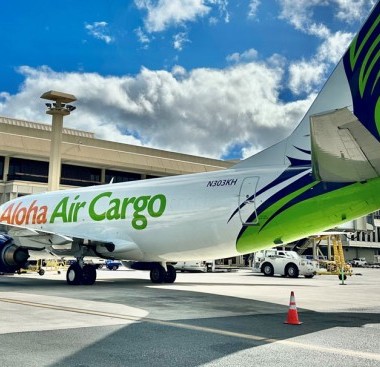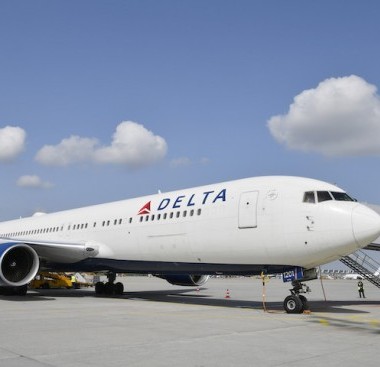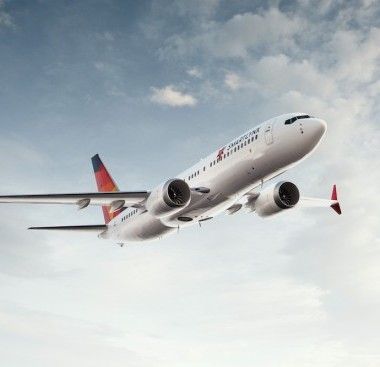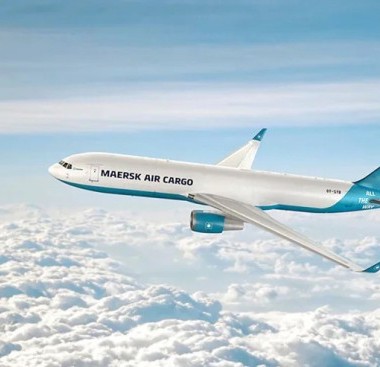Frontier Airlines Risks Getting Stuck on the Runway
Frontier Airlines stock is poised for takeoff. Getting investors on board is another issue.
Denver-based Frontier Group Holdings Inc., parent of the low-cost, no-frills carrier, on Friday said it’s seeking to go public, with an initial offering reportedly set to happen as soon as this quarter. It would be the first U.S. airline IPO since Virgin America sold shares to investors in 2014. That offering was a success, as rising profits helped propel the Richard Branson-backed carrier toward an eventual buyout by Alaska Air Group Inc. last year at an almost 150 percent premium to its initial price. Future Frontier holders shouldn’t count on the stock taking the same trajectory.
After an almost 300 percent increase for Bloomberg’s U.S. Airlines Index over the past five years, it’s not clear how much more room the stocks have to run over the near term. Worries are mounting among investors that a surge in capacity from low-cost carriers and growing competition between industry heavyweights like United Continental Holdings Inc. and American Airlines Group Inc. will keep fares depressed. That’s a benefit for customers, but bad for profitability, especially in conjunction with rising fuel and labor costs. Despite an endorsement of the industry from Warren Buffett’s Berkshire Hathaway Inc., shares of all but two major U.S. airlines—Southwest Airlines Co. and Alaska Air—declined in the first quarter.
Frontier isn’t immune to those challenges: the total amount of revenue it collects for each seat flown a mile fell to $9.33 in 2016, compared with $12.92 in 2014. That’s a bigger drop-off than low-cost rivals Spirit Airlines Inc. and Allegiant Travel Co. experienced over the same period, according to data compiled by Bloomberg.
Both Spirit and Allegiant have promised that they will finally see growth in that revenue metric by the second quarter. But after roughly two years of declines, investors will believe it when they see it. Failure by President Donald Trump’s administration to act on proposed tax cuts and other stimulating initiatives may damp demand for air travel, creating an even bigger capacity surplus that depresses fares, according to Bloomberg Intelligence analyst George Ferguson.
In its filing Friday, Frontier noted “greater and more persistent price discounting” over the past two years and said its financial performance could be affected. The carrier thinks it can weather that pressure more profitably than legacy airlines, thanks to its low operating costs.
By outsourcing services, maximizing seat density and improving productivity, Frontier was able to lower its adjusted cost per available seat mile to 5.43 cents in 2016. That’s the lowest among its U.S. airline peers and is an impressive feat. But Frontier is in negotiations for new labor contracts with its pilots, flight attendants, maintenance controllers and aircraft appearance agents, the result of which could wind up boosting its expenses. Frontier will likely face pressure to match the 15 percent-plus pay raises that pilots at American, United, Southwest and Delta Air Lines Inc. received recently.
Productivity improvements elsewhere could help diffuse that and Frontier has demonstrated a knack for driving net income higher, but a real offset would come from revenue gains, which again gets us back to the sticky issue of Frontier’s ability to maintain and even drive up fares.
Frontier has significantly reduced its reliance on flights to and from its home base of Denver, but that continues to account for 45 percent of its business. Such concentration could put the airline at a disadvantage relative to larger competitors. Lack of scale was one reason Alaska Air and Virgin America sought to combine. Perhaps a merger with fellow ultra-low cost competitor Spirit Airlines might eventually make sense, but the opportunities for Frontier to strike a deal appear low in the short term. JetBlue Airways Corp. competed with Alaska to buy Virgin America, but Frontier would be a weird consolation prize. If anything, JetBlue could set its sights on a deal with the combined Alaska-Virgin America, notes Ferguson of Bloomberg Intelligence.
Frontier may yet rise above these challenges. Airline stocks certainly have their fans, Buffett included. But there was also a reason the Oracle of Omaha once called them a “death trap” for investors.
This column does not necessarily reflect the opinion of Bloomberg LP and its owners.
Similar Stories
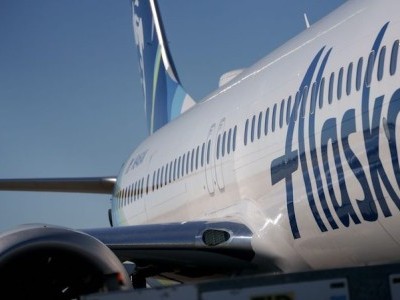
Alaska Air profit forecast signals rebound from Max woes
View Article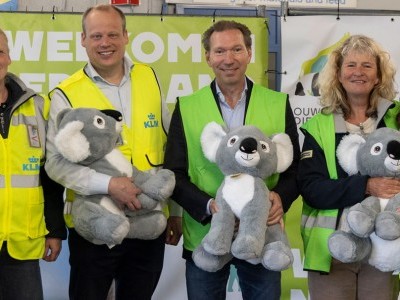
Air France KLM Martinair Cargo transports koalas to Ouwehands Zoo in the Netherlands
View Article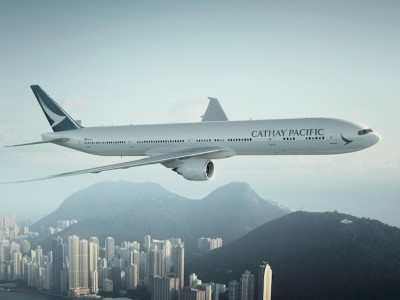
Cathay Pacific releases traffic figures for March 2024
View Article
Alaska Air Group reports first quarter 2024 results
View Article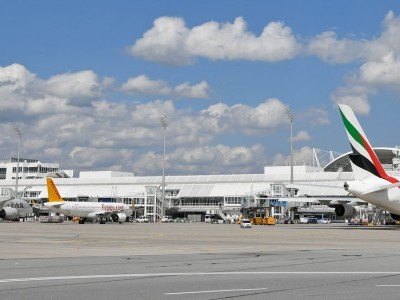
Munich Airport: Positive annual result and strong traffic growth
View Article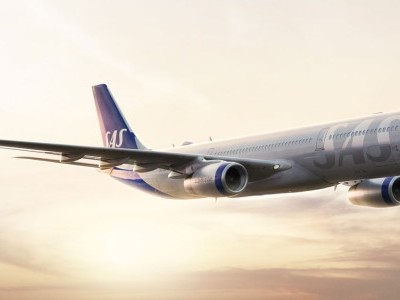
Scandinavian Airlines (SAS) and Worldwide Flight Services (WFS) partner for cargo handling at a fourth major airport in North America
View ArticleGet the most up-to-date trending news!
SubscribeIndustry updates and weekly newsletter direct to your inbox!

